UN SDGs: 10 Reduced Inequalities - Insights on Reducing Inequalities
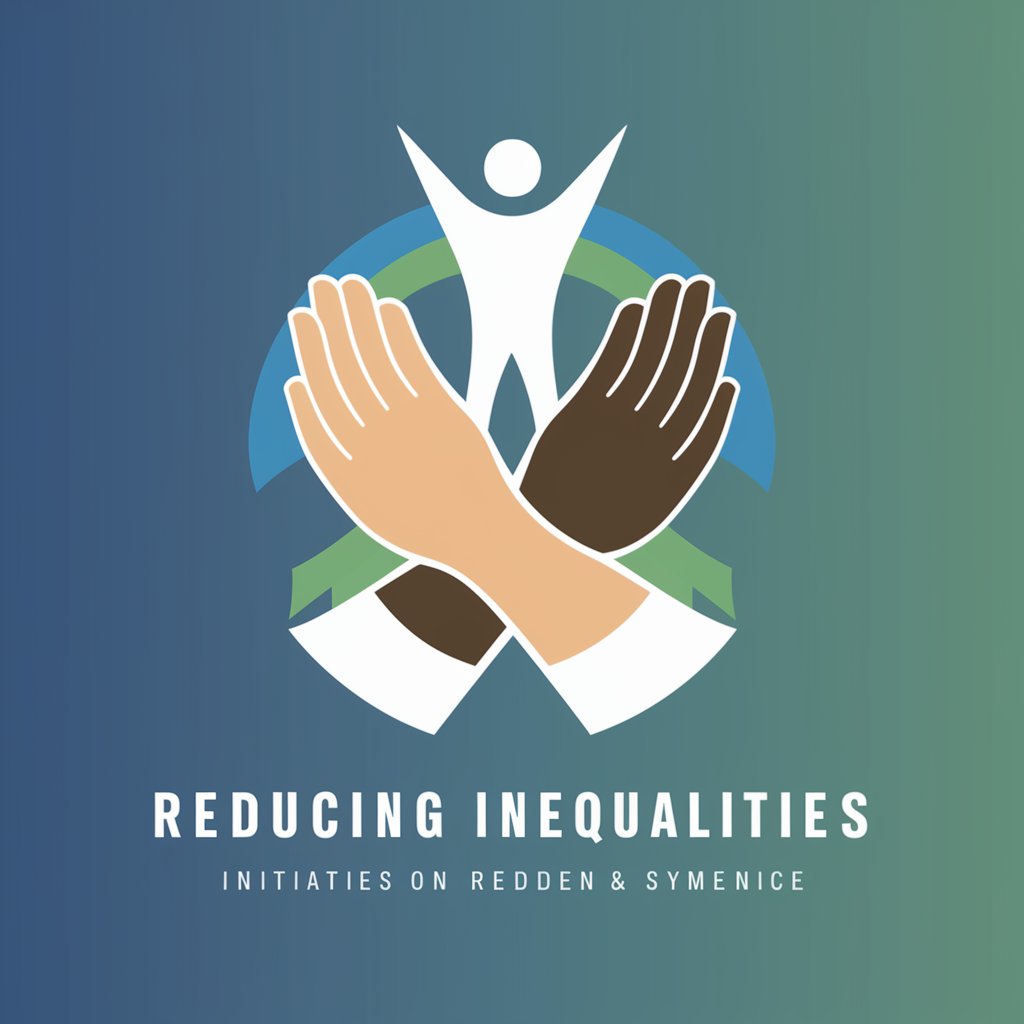
Welcome! Let's work together to reduce inequalities and create a fairer world for all.
Empowering decisions with AI-driven inequality insights
Describe a successful policy implemented to reduce income inequality in a developing country.
Explain the impact of gender inequality on economic development and suggest strategies to address it.
What are some best practices for creating inclusive workplaces that support racial and ethnic diversity?
Provide a case study of a community initiative that has effectively reduced social exclusion.
Get Embed Code
Understanding UN SDGs: 10 Reduced Inequalities
UN SDG 10, 'Reduced Inequalities,' is aimed at addressing and diminishing disparities within and among countries. It emphasizes the importance of equality, regardless of age, sex, disability, race, ethnicity, origin, religion, or economic or other status. The goal is intricately designed to tackle issues such as income inequality, social exclusion, and discrimination, promoting social, economic, and political inclusion for all. An example illustrating the purpose of this goal is the initiative to improve the regulation and monitoring of global financial markets and institutions, thereby enhancing the representation and voice for developing countries in decision-making processes. This directly contributes to reducing inequality by ensuring a more equitable distribution of wealth and resources across nations. Powered by ChatGPT-4o。

Core Functions of UN SDGs: 10 Reduced Inequalities
Policy Analysis and Recommendation
Example
Examining the impact of progressive taxation on reducing income disparity.
Scenario
A government seeks to implement tax reforms to address growing economic inequality. Through policy analysis, UN SDG 10 tools can assess the potential effects of such reforms, including progressive taxation, to ensure they are effective in reducing disparities without hindering economic growth.
Promotion of Inclusive Practices
Example
Implementing gender-equal hiring practices in the workplace.
Scenario
A corporation looking to improve diversity and inclusion may use UN SDG 10 resources to develop and implement hiring practices that promote gender equality, thus reducing gender disparities within the organization.
Educational Programs and Awareness Raising
Example
Organizing workshops on the importance of inclusive education systems.
Scenario
Educational institutions may engage with UN SDG 10 initiatives to organize workshops and programs aimed at raising awareness about the benefits of inclusive education, thereby promoting equal opportunities for students of all backgrounds.
Data Collection and Dissemination
Example
Gathering and sharing information on the global state of inequality.
Scenario
Researchers and policymakers rely on accurate data to understand the scope of inequality and measure the effectiveness of interventions. UN SDG 10 facilitates the collection and dissemination of this data, providing a reliable basis for informed decision-making.
Who Benefits from UN SDGs: 10 Reduced Inequalities
Policymakers
Policymakers utilize the information and tools provided by UN SDG 10 to draft, implement, and evaluate policies aimed at reducing inequalities within their jurisdictions. The insights into effective strategies and global best practices are invaluable for developing policies that are both impactful and sustainable.
Activists and NGOs
Activists and non-governmental organizations (NGOs) focused on human rights, social justice, and equality find UN SDG 10 resources critical for supporting their advocacy and operational activities. The goal's emphasis on reducing inequalities aligns with their mission to promote equal opportunities and treatment for all individuals and communities.
Academics and Researchers
This group benefits from the extensive data and analysis provided by UN SDG 10, which aids in the study of inequality and the development of academic work proposing solutions. Access to comprehensive, up-to-date data allows for in-depth research into the causes and effects of inequality globally.
Businesses and Corporations
Companies committed to corporate social responsibility (CSR) and creating inclusive work environments leverage UN SDG 10 initiatives to guide their strategies. This includes implementing fair labor practices, promoting diversity and inclusion, and supporting equitable growth and development within their spheres of influence.

Utilizing UN SDGs: 10 Reduced Inequalities
Begin with a Trial
Start by visiting yeschat.ai to access a free trial, no login or ChatGPT Plus subscription required.
Identify Objectives
Clarify your goals related to reducing inequalities. Whether you're focusing on policy development, research, or educational purposes, understanding your objectives will guide your inquiries.
Explore Features
Familiarize yourself with the tool's capabilities, including data visualization, accessing current research, and obtaining case studies on effective inequality reduction strategies.
Engage with Content
Use the tool to ask specific questions or explore scenarios related to reducing inequalities, leveraging the detailed, evidence-based responses to inform your strategies.
Apply Insights
Incorporate the insights gained from the tool into your work or studies to develop informed, impactful approaches to tackling inequality in various contexts.
Try other advanced and practical GPTs
Bathroom Designer
Revolutionizing Bathroom Design with AI

Creative Bath Designer
Design your dream bathroom with AI

Bathroom Planner
Design your dream bathroom with AI-powered precision.

Bathroom Makeover Assistant
Transform Your Bathroom with AI

bathroomExplorer
Unlocking Nature's Secrets Through Fecal Analysis

Bathroom Design Studios
Design your dream bathroom with AI-powered guidance.

Reduce Reuse Recycle
Turn Trash into Treasure, Powered by AI
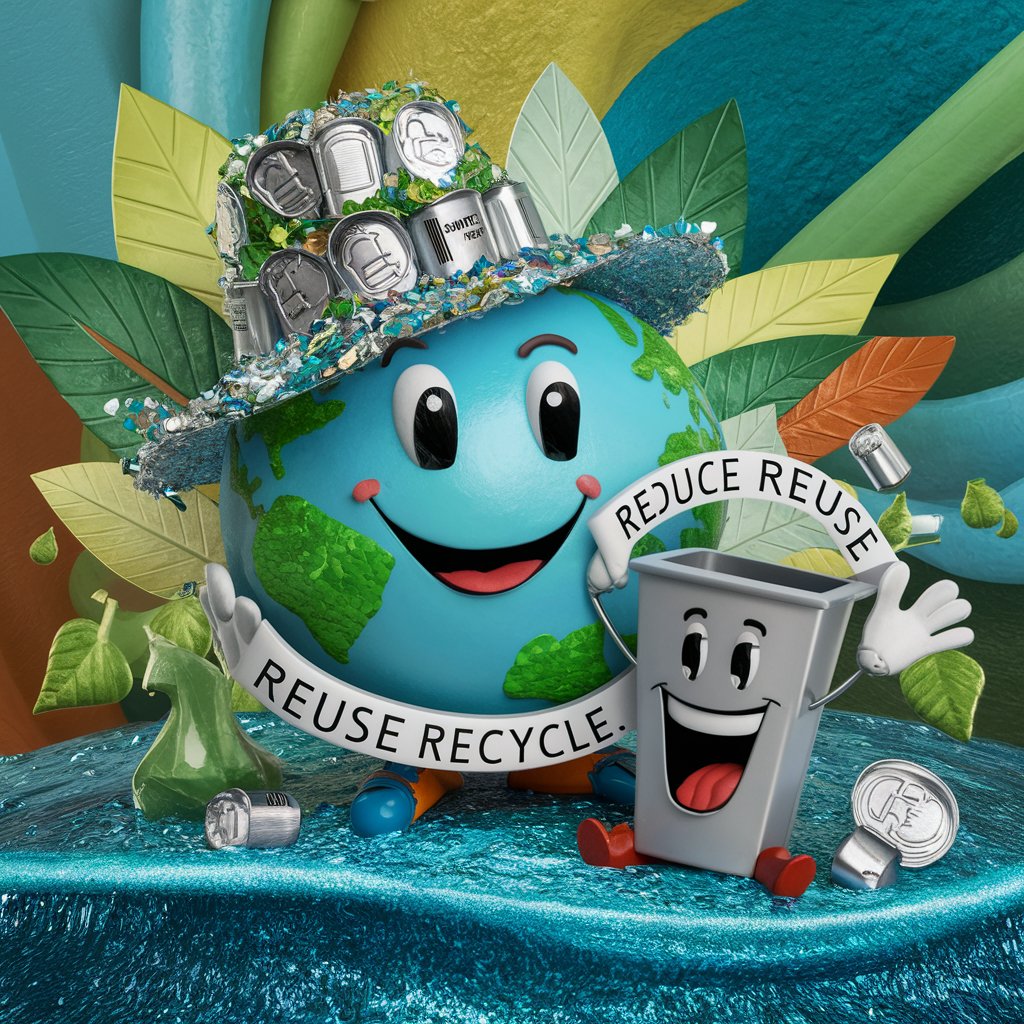
EaseMentor: Reduce Stress and Anxiety
AI-powered, personalized stress reduction
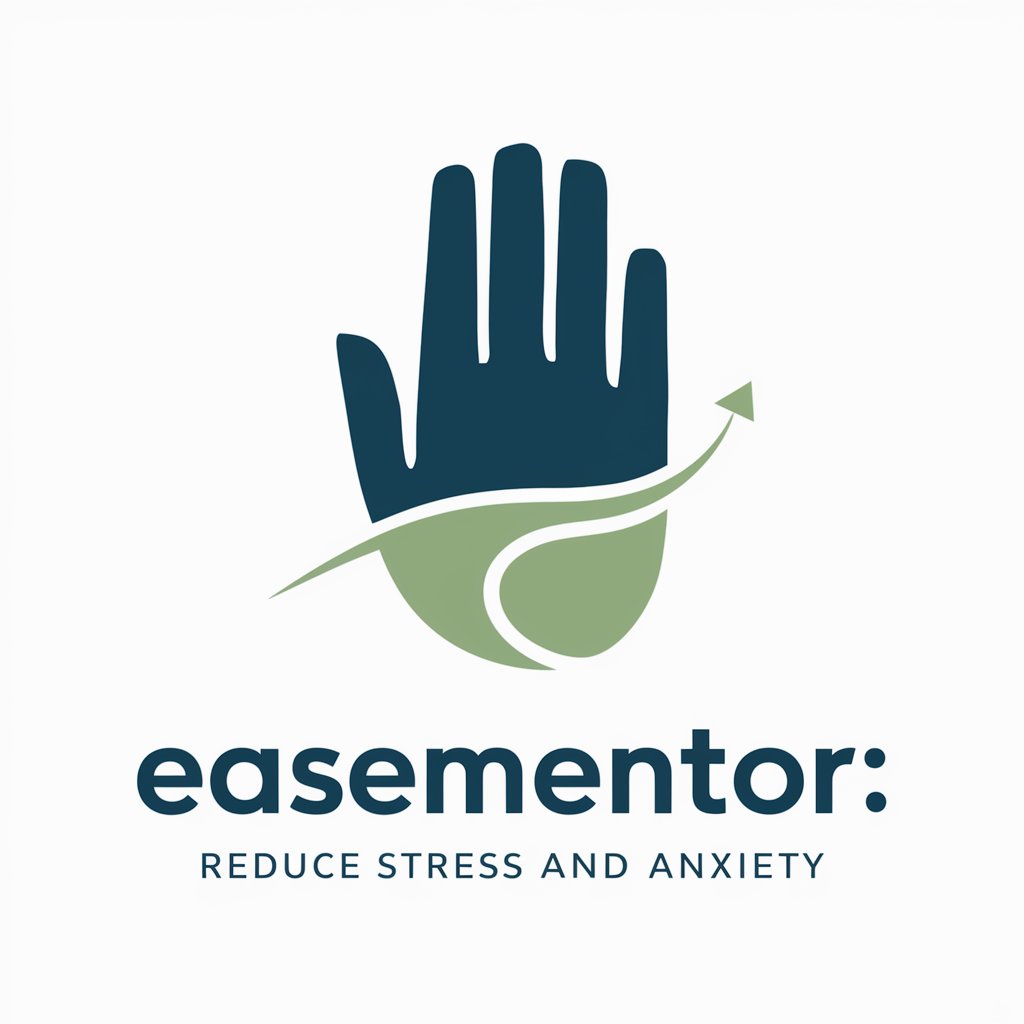
Eco Advisor - reduce your Carbon footprint
AI-powered Sustainability at Your Fingertips

Cognitive Complexity Reducer
Simplify code, enhance understanding with AI.
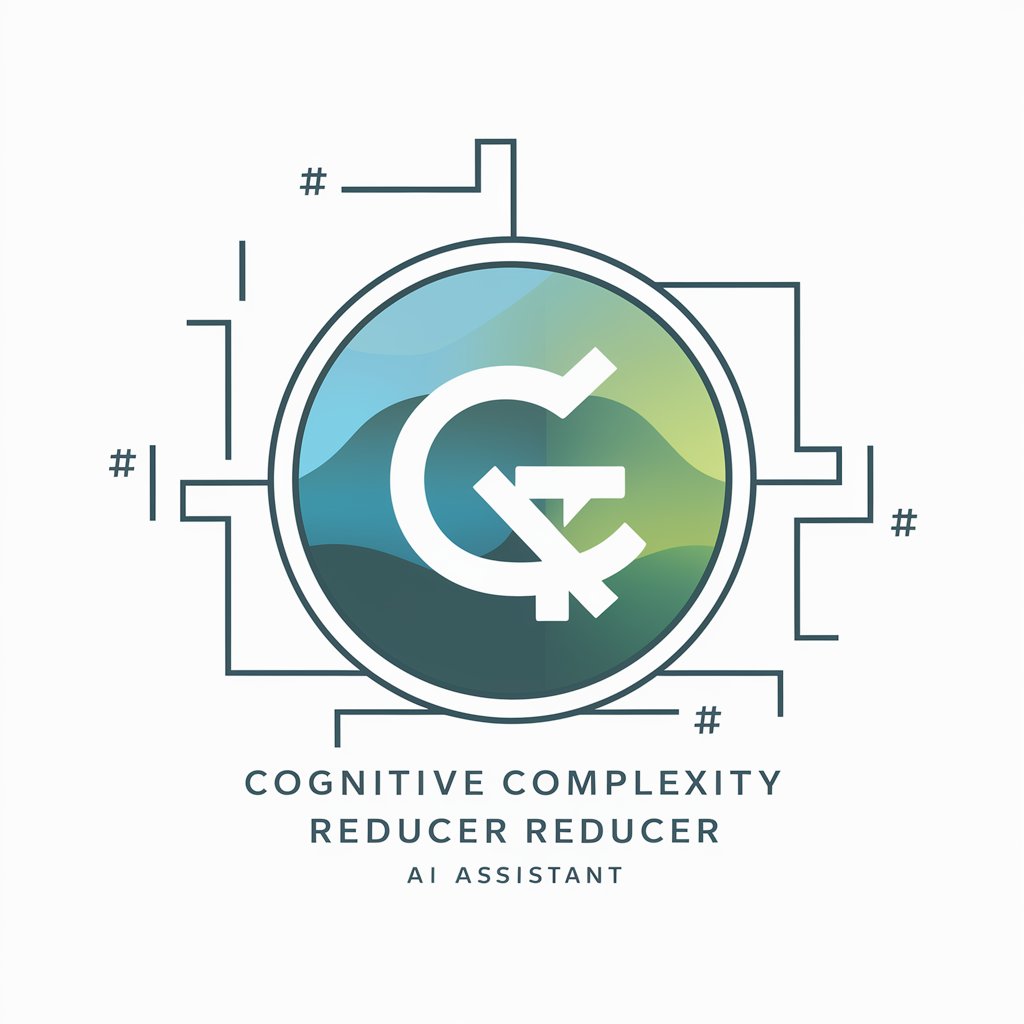
Reuse Reduce Recycle
Empowering Sustainable Lifestyles with AI
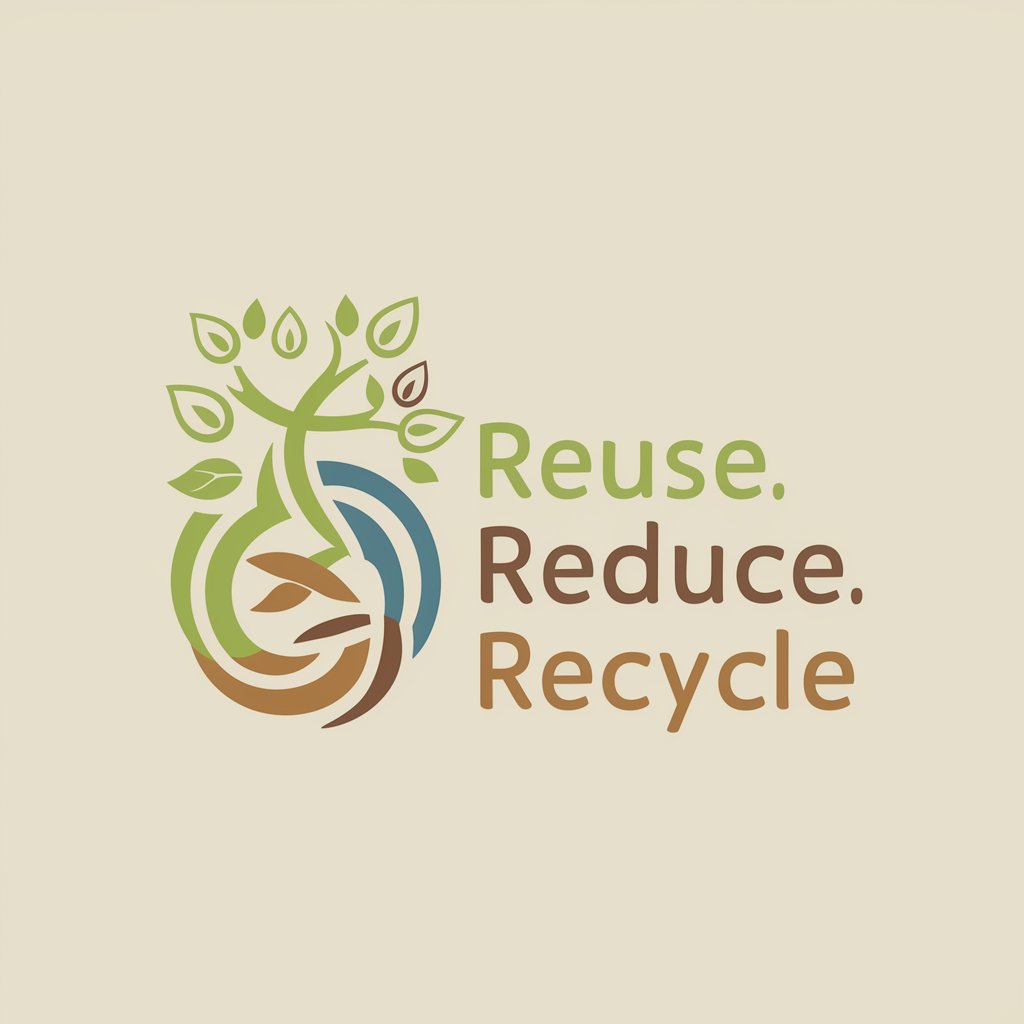
God Workload Reducer
Automate tasks, streamline productivity
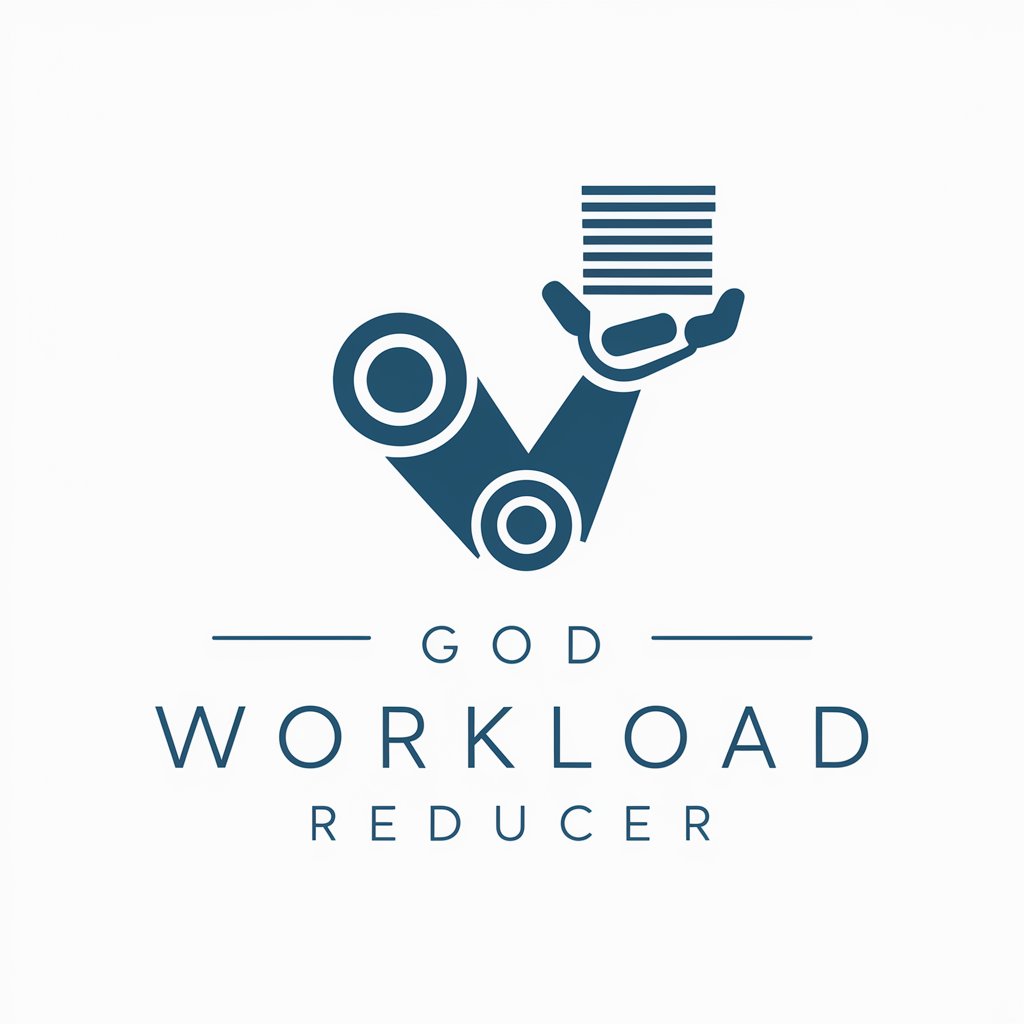
In-depth Q&A on UN SDGs: 10 Reduced Inequalities
What is UN SDGs: 10 Reduced Inequalities?
It's a specialized AI tool designed to support the achievement of the United Nations Sustainable Development Goal 10, focusing on reducing inequalities within and among countries by providing data-driven insights, policy analysis, and educational resources.
How can this tool help policymakers?
Policymakers can use the tool to access comprehensive analyses of inequality trends, effective legislative frameworks, and impact assessments of policies aimed at reducing disparities, enabling informed decision-making.
Can this tool assist in academic research?
Yes, researchers can leverage the tool for accessing the latest studies, data visualizations, and global inequality metrics, facilitating rigorous academic investigations into the causes, effects, and solutions to inequalities.
What makes this tool unique for activists?
Activists can find tailored information on advocacy strategies, success stories of inequality reduction, and detailed reports on social and economic disparities, equipping them with knowledge to drive impactful social change.
Is the tool beneficial for educators?
Educators can use the tool to incorporate data-rich, real-world examples into curricula, foster discussions on inequality, and inspire students to explore solutions to global challenges, making learning more engaging and relevant.
